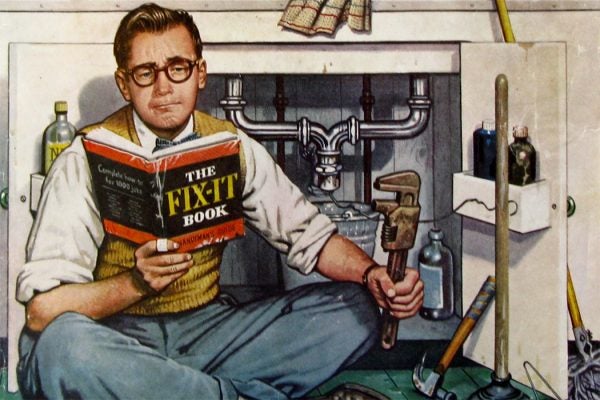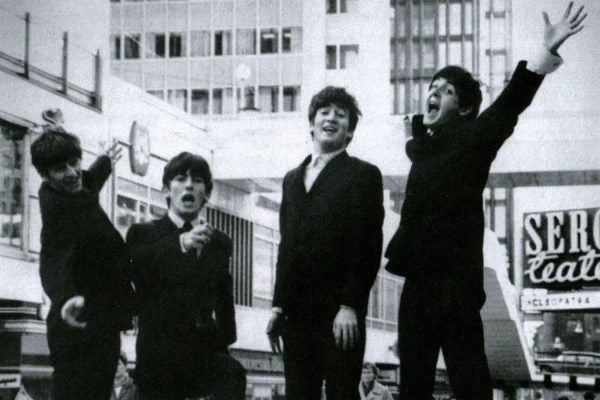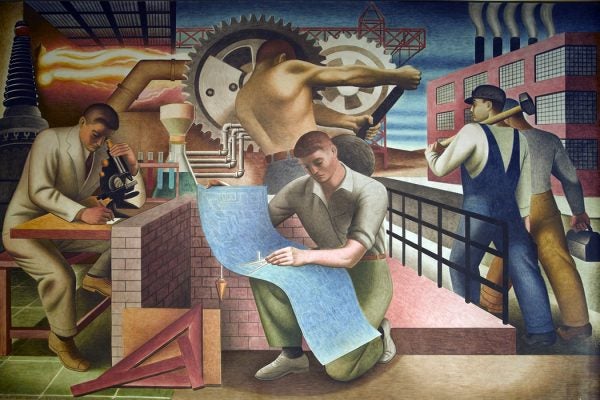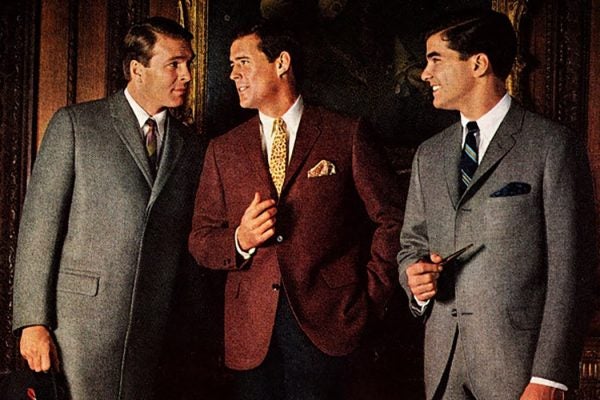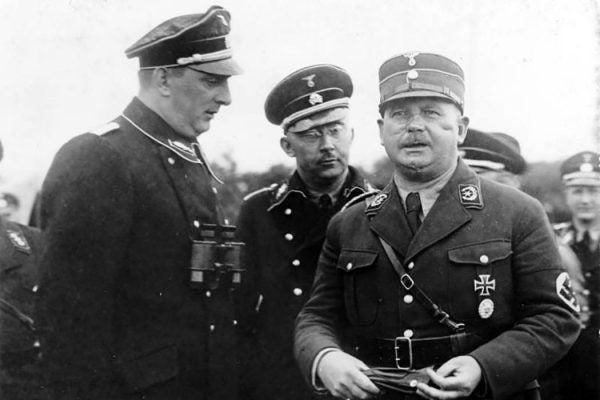The Manly Birdwatchers of Ontario
Finding a hobby that doesn't undermine your 19th-century masculinity can be tough.
How DIY Home Repair Became a Hobby for Men
It was only in the 20th century that toolboxes became staples in the homes of middle-class men.
The High School Hair Wars of the 1960s
Following the introduction of the mop top by the Beatles, the battle over how long school boys could wear their hair in the 1960s and 1970s went to the courts again and again.
Finding the Words We Need to Talk About Sexual Assault and Harassment
"Me too." As the conversation around sexual assault has spread, it's become clear that not everybody is prepared to talk about such a difficult issue.
The Meaning of a Mustache
To shave or not to shave? At the start of the twentieth century, a trend away from facial hair reflected dramatic social and economic shifts.
How World War I Put Boys on Bikes
The first modern bicycles were for adults. Ads for boys’ bikes drew from, and fed into, a changing vision of boyhood during World War I.
What Kind of Work is “Masculine”?
What's the fate of "masculinity" in a world where it’s hard for many men to achieve personal success? It's a question we asked in the 1930s, too.
What Father’s Day Jokes Really Mean
Comic strip dads give us some sociological clues into how views surrounding masculinity and fatherhood have changed.
How Magazines Created a New Culture of Manhood
Middle-class American manhood changed in the mid-twentieth century. And the new ideal of masculine consumption was captured by men’s magazines.
Ernst Röhm, The Highest-Ranking Gay Nazi
Ernst Röhm, the highest-ranking gay Nazi, presents an interesting study in the construction and containment of masculinity by the right.

